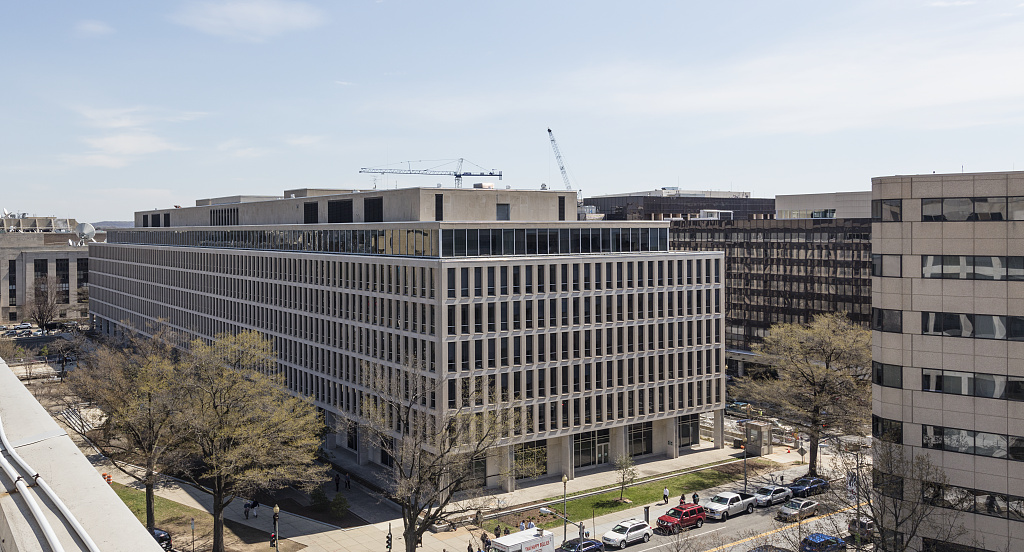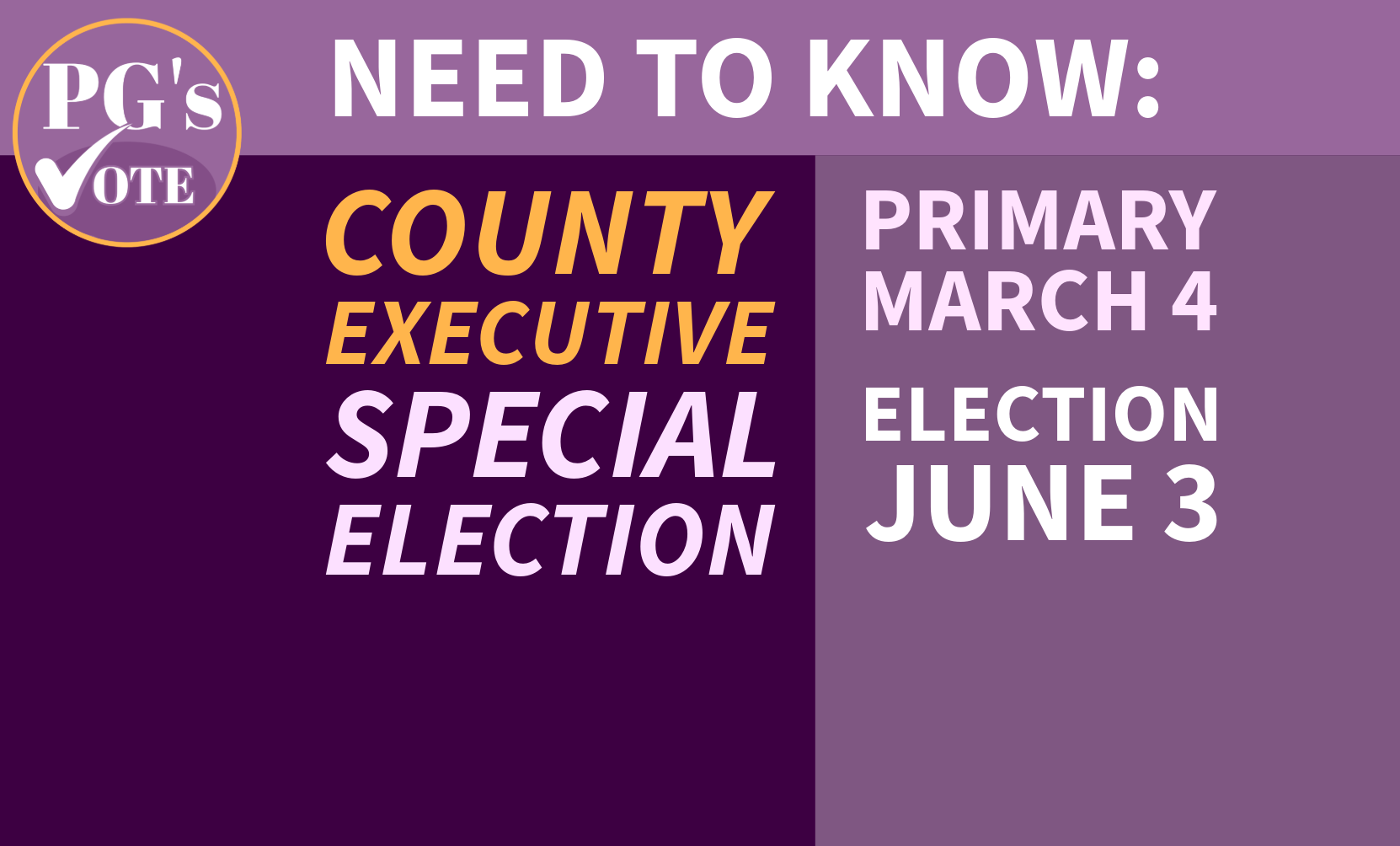The Budget Reconciliation and Financing Act, the primary budget balancing bill, is set to pass the House of Delegates this week, finalizing many weeks of adjustments to balance a budget facing a nearly $3 billion deficit.
While these changes will be easy for consumers to see and react to, some other changes affect internal government operations and are mostly invisible to people outside of government.
The more sweeping changes came in the form of cuts to State spending, namely changing the ratios of cost sharing for many expensive programs to have counties pay a larger percentage.
One of Maryland’s most significant changes is how teacher pensions are financed. A nearly $100 million yearly contribution from the state budget is set to be removed next year, which has been in place since pension reforms in the mid-2000s, adding a $13 million hole in the funding for Prince George’s County to fill. Other state cost-cutting measures will increase taxes and fees on various goods and services, like an increase in the cannabis tax from 8% to 15% and MVA fee increases.
These programs come from many different functions of the state and county governments, but the shifting cost-sharing formula will cause millions in budget increases in county governments and the city of Baltimore. This is happening at a time when Prince George’s County already faces hundreds of millions of dollars in deficit, which has to be balanced by law. That balancing was done before the details of the State budget were known, meaning more work has to be done to cut spending and raise revenues at the county level.
Prince George’s County Lawmakers don’t have the same tools to raise revenues as the state government. While the state government can increase income taxes at its discretion, new county tax brackets can’t be created without State approval, meaning they can’t implement higher taxes above their current highest rate.
This session, counties have been authorized to raise their highest rate from 3.3% to 3.4%. Prince George’s County could use this mechanism to raise taxes, only slightly, on higher-income households.
Counties will also have to pay more for some state-subsidized services like real estate assessments. The local cost of real estate evaluations paid to the State Department of Assessments and Taxation will increase from 50% to 90% of the cost of service, incurring a $2.75 million cost increase in Prince George’s County next fiscal year.
Other policies will affect the county more indirectly, but this year Prince George’s is losing significant financial support from the state amid other policy upheavals at the federal level.






